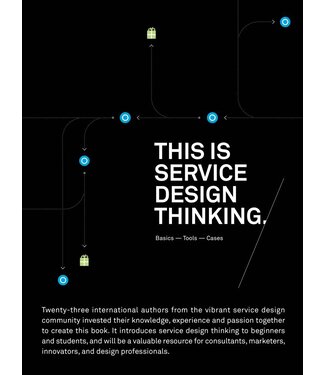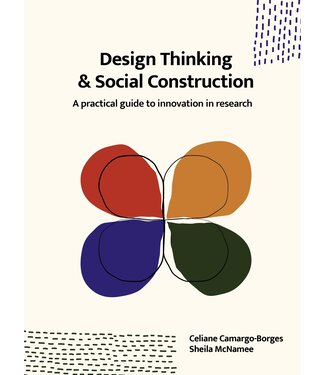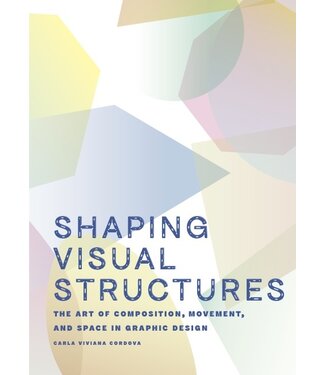BIS & Design Thinking
BIS Publishers has been publishing books about design thinking for many years, featuring contributions from renowned authors in the field. We offer books that cover a wide range of topics related to design thinking, including user-centered design, collaboration, experimentation and the importance of taking a holistic view of problems.
Design thinking has become an increasingly popular approach to problem-solving in recent years and for good reason. By putting the needs of the end user at the center of the design process and by embracing collaboration, experimentation and a focus on the "big picture," design thinking helps to create solutions that are both innovative and practical. Here are four key trends that are shaping the way design thinking is being used today:
User-centered design
At the heart of design thinking is the belief that the best solutions are those that meet the needs and desires of the people who will be using them. This means taking the time to thoroughly understand the users of a product or service and using that understanding to inform the design process.
Collaboration and co-creation
Design thinking is all about bringing together diverse groups of people to work together on solving problems and creating solutions. By encouraging collaboration and co-creation, designers can tap into a wealth of knowledge, experience, and creativity that would not be possible to access if working in isolation.
Iterative and experimental
One of the key benefits of design thinking is that it is an iterative process, which means designers can go through multiple rounds of prototyping, testing, and refining their ideas before arriving at a final solution. This allows for a more efficient and effective design process, as designers can quickly identify and fix problems and learn from their mistakes.
Focus on the "big picture"
Design thinking encourages designers to take a holistic view of a problem, considering not only the specific design challenge at hand, but also the larger context in which it exists. This helps to create solutions that are more sustainable, scalable, and effective in the long run.
Overall, our authors are helping to make design thinking a powerful tool for solving complex problems and creating innovative solutions that meet the needs of users. By embracing user-centered design, collaboration, experimentation and a focus on the "big picture," designers can create products and services that truly make a difference in the world.












